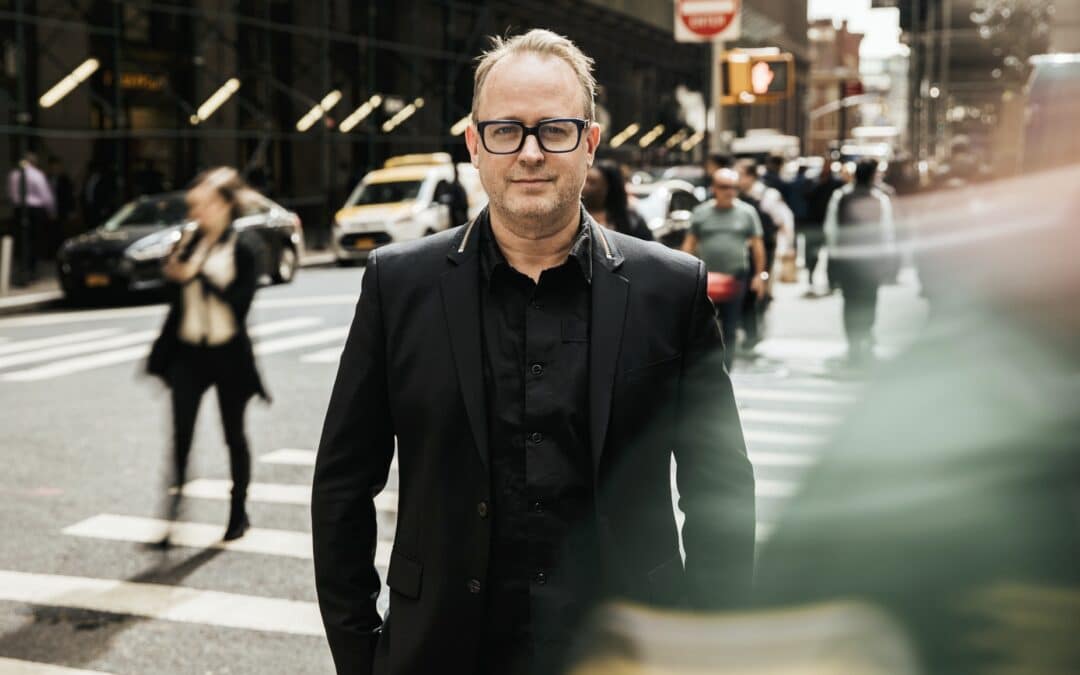City neighborhoods usually don’t congeal by happenstance – urban planning at various municipal, state and sometimes federal levels bring about changes to the landscape.
To understand the right way and wrong way to conduct urban planning, we called on Steven Cornwell, global director of the global place brand ERA-co, who has more than two decades of experience in this field and more than a few opinions on how it should be conducted.
How do you define “urban planning”?
From our perspective, we work on what we call the human dimensions of any type of placemaking. Whether that’s large regenerative city-scale planning, or small mixed-use planning, we’re involved in the defining of the ecosystem based on users.
A radical change in urban planning used to be something predicated on physical assets, streets, buildings, infrastructure, with very little human dimension added to any of that. And what’s happened over the last 10 years is that developers and city planners have had to radically rethink how they do things – not because they wanted to, but because of the uprising and power of humans through the concept and uses social media. Most developers are radically changing commercial buildings and changing the concept of residential, not because they’ve wanted to but because it’s come as a demand from the people using them.
I’ve seen all sorts of terrible sides of urban design and planning where developers in two or three cities [created] white box buildings – they built commercial buildings floor by floor and they go out to the market. And, of course, every corporation, every user then spends an inordinate amount of money radically changing it because it doesn’t work. Any city planner, or anyone in development that just focuses on the bricks and mortar of the infrastructure, misses the point.
What constitutes a great urban design is something that’s focused on the human dimensions, the most intimate parts of the ecosystem – not the large, macro parts of infrastructure, although those things matter. But they have to start with the humans, they have to be at the center of everything. And it’s not the architects’ fault. The architects there to deal with some very large macro problems, which is how do you build things at the right price and how do they stand up the engineering? All those complex issues are important.
But if no one uses the building and there’s no good quality content in it, then what’s the point? I think developers for long time have just built buildings without really understanding their use, or what they’re there to do for the city. I think the radical changes have happening.
The change from urban planning is obviously meant to be for the better. But it also tends to be more expensive, particularly for those who have been in these areas for the longest time and suddenly find themselves being priced out of their old homes. Is there a way to have a happy balance where you can improve the neighborhood without kicking people out in the name of gentrification?
I think the issue with gentrification is probably something you can’t avoid. Because the very nature of investing in the improvement of neighborhoods means that it comes at a cost, and those costs are passed on to the community.
This has to be a government led, almost radical change of the way they think about everything to do with the ecosystem – taxes, tax brackets, making sure there is good affordable housing in each neighborhood. And the other thing I think’s important in good neighborhoods is a very good socioeconomic mix – the ones that become gentrified and gated communities, I think, are probably the most tired. When it comes to thinking about what communities are eclectic, they are diverse – it’s the difference between, say, being upstate New York versus being in the Hamptons. I can use that as a reference because I live up here, and one of the joys of being in upstate New York is the radical mix of socioeconomic bands up here. You meet everybody and it’s not just for the wealthy – it’s really interesting and it’s what the world prefers.
So, we have to be careful not to continually gentrify areas, because they end up being very vacuous. I think good developers and city planners understand this, and know that we have to work really hard to make sure we don’t continuously transform neighborhoods into really dull, singular socioeconomic kind of neighborhoods.
How does the general public get involved in this?
The general public is everything. The concept of communitywide development means that if you’re doing everything top down with no dialogue with the people that really ultimately inhabit the places we make, you’re ultimately dictating an outcome that might be completely irrelevant for the community moving in.
I’ve been involved in projects where we’ve built retail centers with no communication or conversation with what’s required in the area. It’s a terrible way of thinking about how to put content into places. The community has to have a voice in what they need and what’s required, whether that’s functional things like supermarkets, schools, basic things through to entertainment – we have to ask them the questions.
The concept of a two-way conversation with the community is what’s often missing in in development. And it’s often missing in planning. I think cities are getting better at understanding their communities and making sure that there’s relevant live data always available to developers. When we walk into projects and we ask for up-to-date data on a community – everything from gender, race, family mix, household income – it’s often never up-to-date. The community is not the enemy. If we’re asking them the right questions, that’s important.
But in some communities, there are people who might think that the landlords are the enemies – I am thinking of parts of New York City, where there is a huge amount of retail stores that have been vacant for a long time because the rents are so high that nobody can afford to move in.
I was part of the redevelopment of the South Street Seaport [in lower Manhattan] as the chief marketing officer, and what I thought was interesting was that we spent a lot of time in the community talking to people and making sure that we were listening. That didn’t stop people from protesting change – people don’t like change, in general, whether it’s good or bad or indifferent. Often what will happen is that you’ll get radical opposition to what you’re doing, and then the minute that you’ve finished and things have started to function, all of that pent-up frustration tends to dissipate when they can see that you’ve asked the right questions and you put in the right content.
I don’t think landlords are the enemy – they actually take a lot of the risk and the risks are high, certainly in New York City. They are there to be part of the community and make sure the buildings are in good shape and are beautifully maintained. But often, it’s very difficult for them because the city is putting downward pressure on those buildings to pay ridiculous taxes. We shouldn’t be looking at the landlord because the landlord is passing on the costs from the city. I think people misunderstand the downward pressure on those landlords to stay buoyant and financially secure.














